This opinion editorial by David Pigot, Director of IoT & Enterprise Mobility, Bridge Alliance, first appeared on ConnecTechAsia’s blog.

When you put together technology and the future of work, or even life, it is all about making things easier. The valuable impact is where you can simplify workflows and experiences. From a business point of view, this means increasing productivity – more output, less time required, less unnecessary cost and even the potential discovery of new business models.
The telecommunications and technology industries, businesses and even governments are investing significantly in new technology, be it 5G, the Internet of Things (IoT) or digital transformation. As emerging technology enters the market with pilot-tests and commercial launches, 5G, artificial intelligence (AI), IoT, augmented/virtual reality (AR/VR) will come together to realise the near future, where all products will be “born connected”. This implies that connectivity is not an afterthought.
Designing with the customer in mind
Some hotspots in these developments largely circle around 5G and IoT. What makes them the talk of the town? Coupling 5G with IoT will help unlock possibilities in fields like smart factories and autonomous vehicles.
However, it is always important to take a step back and have the customer or user in mind. How do we help the factory workers do their jobs better? How can enterprises track progress and lapses with more visibility? How can we operate more sustainably on both business and environmental fronts?
Part of the digital transformation process involves a problem-solving mindset, rather than a technology-first one. Technology is advancing fast. Sometimes, even faster than processes and infrastructure can adapt. This brings us to what makes regional IoT deployment an arduous task, where the slightest of gaps gets magnified with the scale of deployment.
Common challenges in regional IoT deployment
Highly fragmented markets within a region. It is important to recognise that when it comes to IoT, there are varying levels of development in each market. The state of development is highly fragmented even in markets within a region. Different governments mean different regulations, which alters the playing field dramatically.
Another key factor is in market readiness and characteristics, where some markets could lack in terms of infrastructure and use cases vary according to needs. For example, markets like Indonesia, Thailand and Malaysia could benefit from IoT in the farming industry but face adoption barriers. Having an understanding or sensitivity to such nuances within the market could go a long way.
There is no one-size fits all solution. IoT development is still in progress. Expertise in this field is also very niche. You will need to figure out how to customise the various elements of the solution to realise your final product. The present climate is such that the individual components of an IoT solution originate from different parties. The hardware might come from one vendor, the software from another, the connectivity from an operator and the security layers by another third party.
Having this many parties involved in a single product will require lots of coordination, possibly dragging the product development timeline and testing periods. That is a significant investment in terms of time and resources, which could affect your return of investment (ROI).
Connecting disparate systems. Working with multiple parties with different systems will entail spending time to integrate them, allow communication and distilling key information for users. The need to redesign operation processes might also emerge during the integration.
Simplifying workflows for the business and user
When it comes to strategising your regional IoT deployment, choosing the right mix of partners that have future-proofed their solution is really important in ensuring a smooth delivery process. Considerations in partner selection include whether they have a good understanding and proven experience in working together on multiple projects, providing end-to-end solutions to customers as one seamless team. It is also a good idea to reduce the number of partners required, so that it lightens the load when it comes to management.
The value of harmonisation can be seen on multiple fronts, be it integration or service levels and support, or even pricing and commercial models. It is important to avoid having pricing as the sole consideration when seeking IoT solutions. There are lots of potential hidden costs and liabilities over and above headline costs if the solution is not a good fit for your product, or if the eventual operating model is not efficient.
Simplifying workflows will allow you to focus on designing your solution to in turn, simplify the lives of others. With 5G complementing the opportunities that IoT can unlock, we can expect to see an amplification of how the process of regional IoT deployment can be further simplified. That is the magic of the future revolution with 5G and IoT.
—
Bridge Alliance will be at ConnecTechAsia 2019 in Singapore. Visit David and his team at the Bridge Alliance booth in BY3-05, MBS Basement 2. Speak with them to learn more about how enterprises can simplify their regional IoT deployment with a network of top tier operators and technology providers.
Ms Ong Geok Chwee, CEO of Bridge Alliance, will also be speaking at the summit on “Maximising the Power of IoT” as well as participating at a CXO Roundtable on “5G: The Future Game Changer of Data, Networks and Consumption”. View the full summit programme here.



